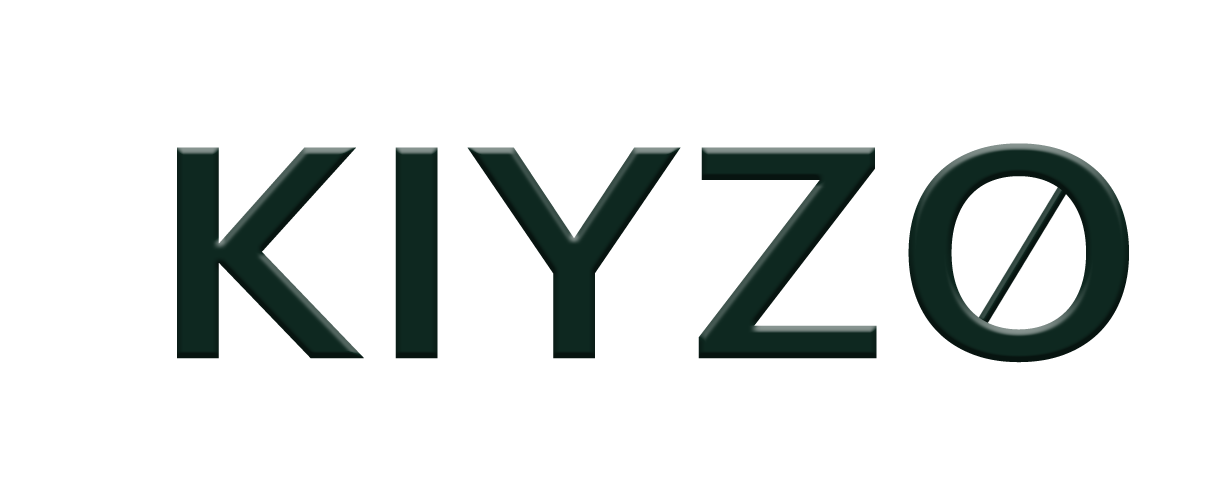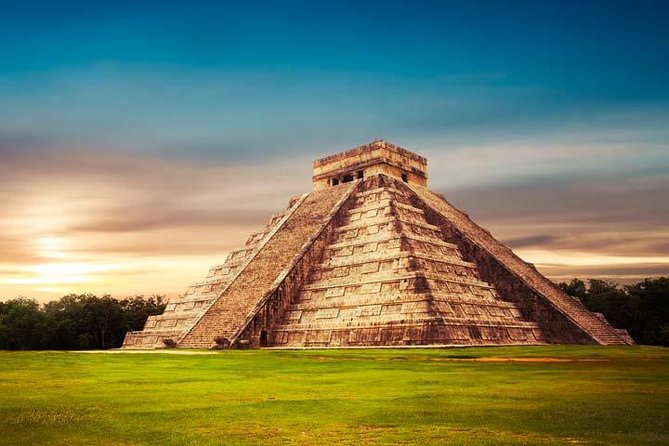
Chichén Itzá is a complex of Mayan ruins located in the Yucatán Peninsula Mexico.
It was granted World Heritage Site status in 1988 by UNESCO World Heritage Site and was recently selected as one of the New Seven Wonders of the World.
Chichen Itza opens all year round 8:00 am – 4:30 pm, and the last entry is at 4:00 pm.
General Admission entrance fees to Chichen itza
Adults $533 MXN
Child (3-12) $80 MXN
Mexican Citizens $237
Free admission on Sundays for Mexican citizens and foreigners with residence in Mexico, ID is required.
WHERE TO BUY TICKETS
CHICHEN ITZA tickets can be purchased at the box office located near the main entrance. It is advisable to bring sufficient cash (with Mexican pesos) as the card machines can be unreliable
You can also purchase CHICHEN ITZA tickets in advance, online CLICK HERE tiqets.com. Benefits include not being disappointed on the day when all the tickets have sold out, avoiding the hassle of needing cash and/or hoping the card facilities will be working at the ticket booth.
BEST TIME TO VISiT
Best time to visit CHICHEN ITZA is between December – May and time of the day between 8 and 11 am.The worst hours to visit Chichen Itza is between 11 am and 3 pm when most of the tour buses arrive, and on Sundays when every person with a valid ID from México can get it for free.
HOW TO GET THERE
Getting to Chichen Itza with a guided tour is the best way, easy and hassle free. From Cancun, Tulum, Playa del Carme tour cost from 102 USD/ person which includes hotel transfers, guide, entry fees, lunch and drinks see tours source: TripAdvisor/Viator etc.
Getting to Chichen Itza by car driving FROM CANCUN, PLAYA DEL CARMEN OR TULUM is an adventure, we advice to fill your tank with gas, there is a time difference between Playa del Carmen and Cancun and Chichen Itza – Playa del Carmen and Cancun are 1 hour ahead of Chichen Itza. The time changes when you pass the border of 2 states: Quintana Roo and Yucatan.There is a police checkpoint At the border of Quintana Roo bring your ID/passport.Don’t stop if anybody wave at you, bring CASH, some snacks and water.
Getting to Chichen Itza by bus from Cancun: use ADO bus service from Cancun costs $202 MXN one way trip and takes 3 hours. You’ll have about 2 -4 hours to spend in the area if using the faster bus. A cheaper bus is available for 122 pesos and with travel time of four hours per direction.
Getting to Chichen Itza by bus from Merida: use ADO buses leave from the CAME bus station (located at Calle 69 at the corner with Calle 70) daily at 06.30, 08.30 and 09.15. From Chichen Itza they return at 18.20. Tickets cost $130 to $150 MXN one-way. Travel time is between 1h30m and 1h45m.
Getting to Chichen Itza by bus from Valladolid: There are hourly buses costs $40 MXN. Colectivos leave from a lot slightly east of the bus station on a regular basis.
Chichen Itza map
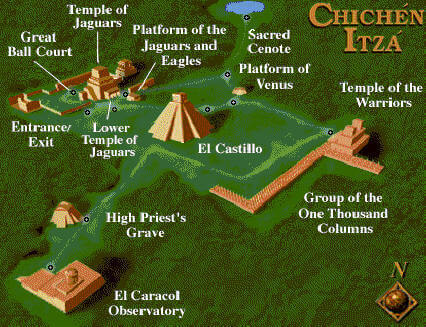
TIPS and THINGS TO KNOW
Bring CASH at Chichen Itza accept PESO only, the credit card machine might not work, there is vendors on site who could exchange USD to peso at a fee, there is also an ATM on site.
PARKING at Chichen Itza is free along the road before entering the site however for safety reason pay 30 pesos (approx. $2 USD) for parking
OUTFIT wear sturdy, comfortable walking shoes, bring along sunscreen and a broad-brimmed hat
There is a LUGGAGE STORAGE at Chichen Itza . For a locker, it is $40 MXN for the day. If you have a bag that doesn’t fit in the locker, it is $100 MXN
Stay hydrated drink lots of water
Chichen Itza DURING RAINING SEASON Bring an umbrella and a rain jacket. Otherwise vendors will sell plastic ponchos for $5 USD or 50 pesos
IN CASE you didn’t come on a guided tour, you will need a Guide. Licensed guides can be hired easily at the entrance for around $35–40 dollars for a two-hour tour, or in advance for less or as part of a broader tour of the surrounding area. Additionally, there are several free or $1 audio guides online or from either the Apple or Google app stores that can be enjoyed at your own pace on your smartphone.
TAKING PHOTOS advised to arrive early to avoid the crowds. Those with camera tripods or video recorders may be charged for an extra permit so it is best to check ahead of time if you are planning on bringing professional-level photographic equipment.
CROWD the site receive a minimum of 3000 tourists per day, a number which can reach 8.000 daily visitors in the high season
Chichen Itza history summary
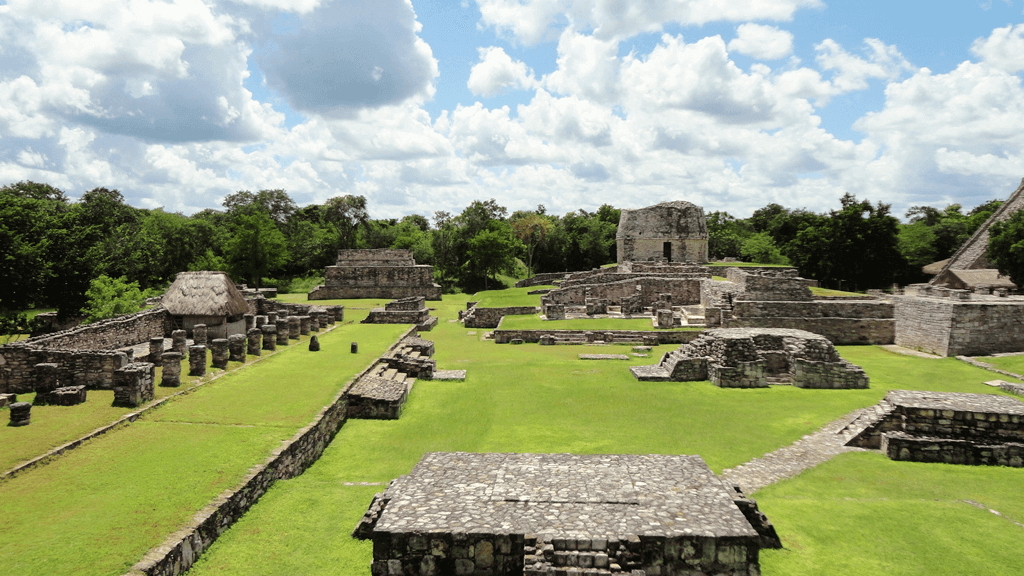
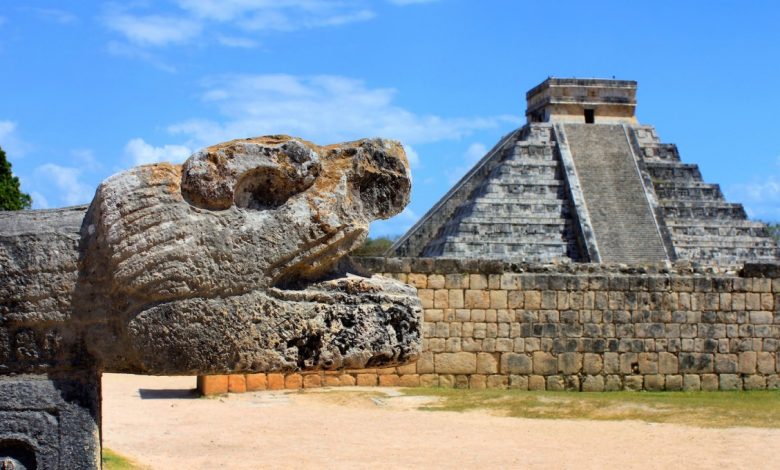
SOURCE Chichen-Itza was established 415-435 A.D during the Classic period close to two natural cavities (cenotes or chenes), which gave the town its name “At the edge of the well of the Itzaes”. The cenotes facilitated tapping the underground waters of the area.
The second settlement of Chichen-Itza, and the most important for historians, corresponded to the migration of Toltec warriors from the Mexican plateau towards the south during the 10th century. According to the most common version, the King of Tula, Ce Acatl Topiltzin Quetzalcoatl, or Kukulkan as the Maya translated the name, reportedly took the city between 967 A.D. and 987 A.D.
Following the conquest of Yucatán a new style blending the Maya and Toltec traditions developed, symbolizing the phenomenon of acculturation. Chichen-Itza is a clear illustration of this fusion. Specific examples are, in the group of buildings to the south, the Caracol, a circular stellar observatory whose spiral staircase accounts for its name, and, to the north, El Castillo (also known as the Temple of Kukulkan). Surrounding El Castillo are terraces where the major monumental complexes were built: on the north-west are the Great Ball Court, Tzompantli or the Skull Wall, the temple known as the Jaguar Temple, and the House of Eagles; on the north-east are the Temple of the Warriors, the Group of the Thousand Columns, the Market and the Great Ball Court; on the south-west is the Tomb of the High Priest.
After the 13th century no major monuments seem to have been constructed at Chichen-Itza and the city rapidly declined after around 1440 A.D. The ruins were not excavated until 1841 A.D.
Criterion (i) : The monuments of Chichen-Itza, particularly in the northern group, which includes the Great Ball Court, the Temple of Kukulkan and the Temple of the Warriors, are among the undisputed masterpieces of Mesoamerican architecture because of the beauty of their proportions, the refinement of their construction and the splendor of their sculpted decorations.
Criterion (ii): The monuments of Chichen-Itza exerted an influence throughout the entire Yucatan cultural zone from the 10th to the 15th century.
Criterion (iii): Chichen-Itza is the most important archaeological vestige of the Maya-Toltec civilization in Yucatan (10th-15th centuries).
From its abandonment during the 15th century, Chichen-Itza underwent a process of gradual deterioration until the first excavations at the site began more than a century ago. Until today the elements that convey the Outstanding Universal Value of the property have been preserved.
